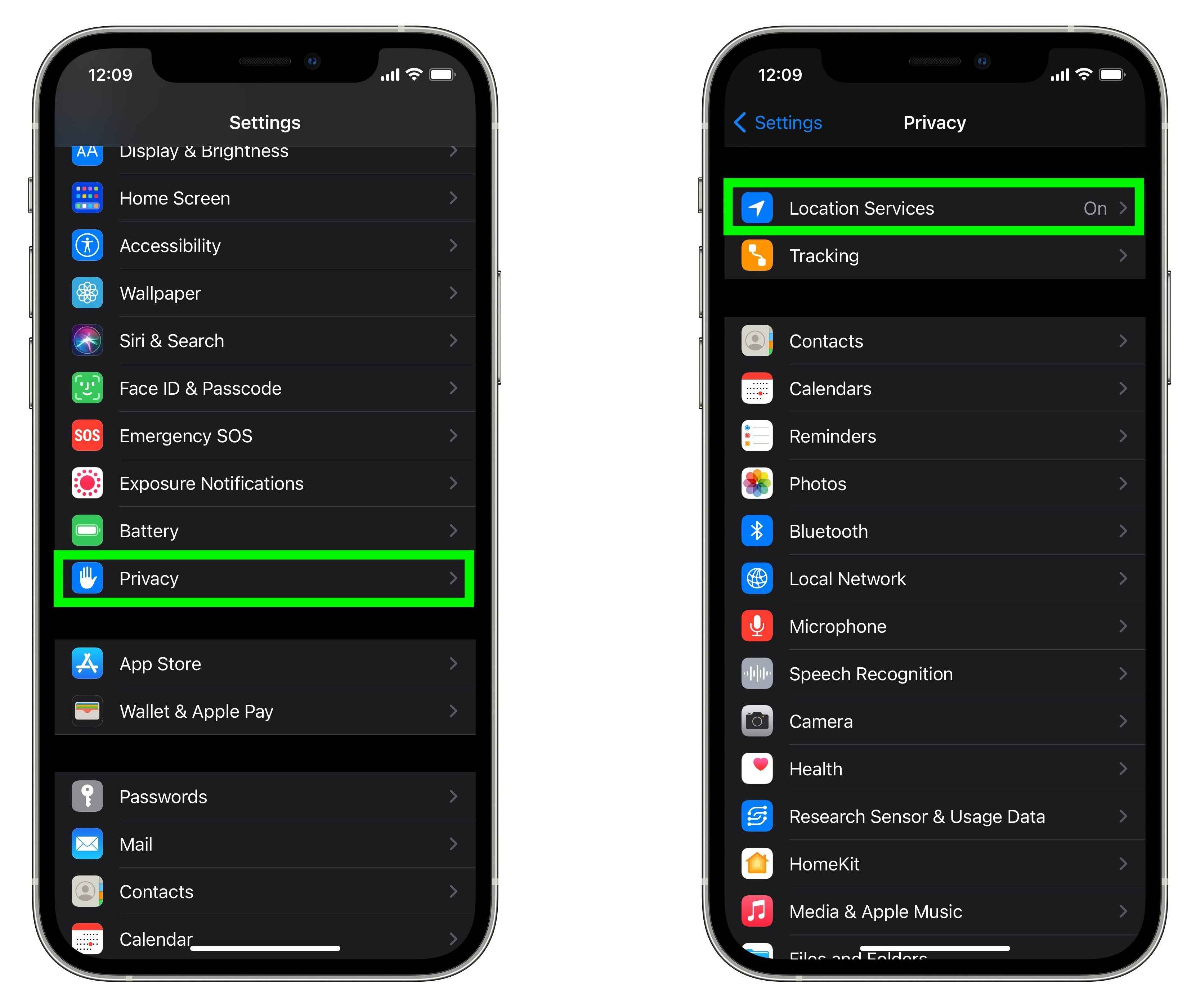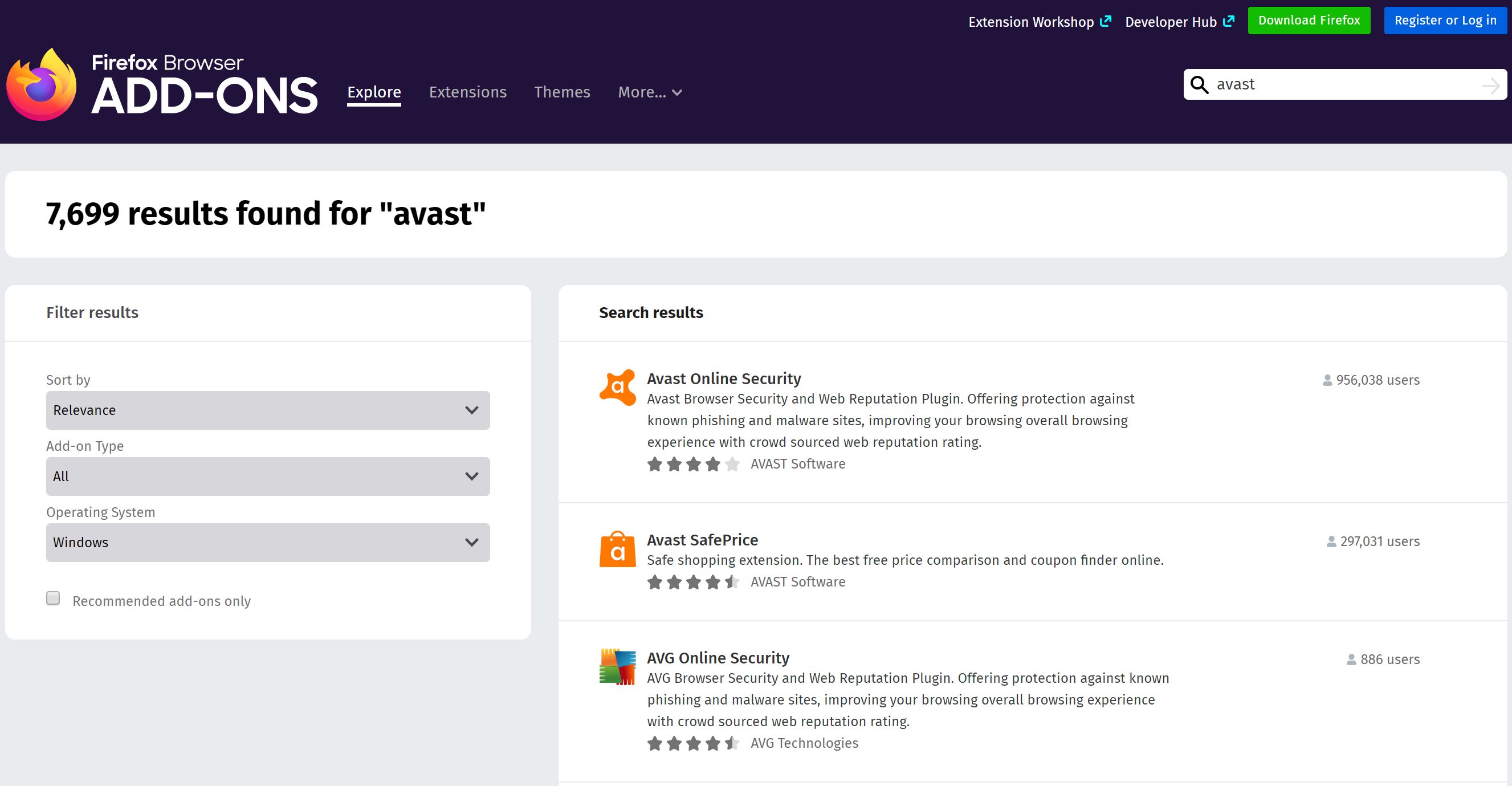Introduction
Enabling location services on your web browser can significantly enhance your online experience. By allowing websites to access your location, you can enjoy personalized content, relevant search results, and location-based services. Whether you're seeking local weather updates, nearby restaurant recommendations, or accurate mapping services, enabling location on your browser can unlock a myriad of convenient features.
Moreover, enabling location services can streamline the process of finding nearby businesses, events, and services, making it easier to connect with the world around you. This functionality is particularly useful for mobile devices, as it enables location-based apps to provide tailored experiences based on your current whereabouts.
In this guide, we will walk you through the simple steps to enable location services on popular web browsers, empowering you to make the most of location-based features and services. Whether you're using Chrome, Firefox, Safari, or any other browser, understanding how to enable location services can open up a world of possibilities right at your fingertips. Let's dive into the step-by-step process of enabling location services on your preferred web browser and harness the full potential of location-based functionality.
Step 1: Accessing Browser Settings
Accessing the browser settings is the first crucial step in enabling location services. The process may vary slightly depending on the web browser you are using, but the fundamental concept remains consistent across different platforms. Here's a detailed guide on how to access browser settings on popular web browsers:
Google Chrome
- Launch Google Chrome on your device.
- Click on the three-dot menu icon located in the top-right corner of the browser window.
- From the dropdown menu, select "Settings" to access the Chrome settings.
Mozilla Firefox
- Open Mozilla Firefox on your device.
- Click on the three-line menu icon (also known as the hamburger menu) located in the top-right corner of the browser window.
- From the menu, select "Options" to access the Firefox settings.
Safari
- If you are using Safari on a Mac, click on "Safari" in the top-left corner of the screen.
- From the dropdown menu, select "Preferences" to access the Safari settings.
- If you are using Safari on an iOS device, open the "Settings" app and scroll down to find Safari in the list of apps. Tap on "Safari" to access the settings.
Microsoft Edge
- Launch Microsoft Edge on your device.
- Click on the three-dot menu icon located in the top-right corner of the browser window.
- From the menu, select "Settings" to access the Edge settings.
Opera
- Open the Opera browser on your device.
- Click on the Opera logo in the top-left corner of the browser window.
- From the dropdown menu, select "Settings" to access the Opera settings.
By following these simple steps, you can easily access the settings of your preferred web browser, paving the way for the subsequent process of enabling location services. Once you have successfully accessed the browser settings, you can proceed to the next step of enabling location services to unlock a host of location-based features and functionalities.
This initial step sets the stage for a seamless and personalized browsing experience, allowing you to harness the power of location-based services across various websites and applications. Now that you have accessed the browser settings, let's move on to the next step of enabling location services to further enrich your online interactions and activities.
Step 2: Enabling Location Services
Enabling location services on your web browser is a pivotal step towards unlocking a plethora of location-based features and services. Once you have accessed the browser settings, the next crucial task is to enable location services to allow websites to access your geographical information. This process varies slightly across different web browsers, but the overarching goal remains consistent – to empower you with personalized and relevant content based on your location.
Google Chrome
In Google Chrome, enabling location services is a straightforward process. After accessing the browser settings, navigate to the "Privacy and security" section. Here, you will find the "Site settings" option. Click on it to reveal a range of site permissions, including location. By clicking on "Location," you can toggle the setting to allow websites to request your location. Additionally, you can manage exceptions for specific websites, granting or denying them access to your location as per your preference.
Mozilla Firefox
In Mozilla Firefox, the process of enabling location services is similarly intuitive. Once you have accessed the browser settings, navigate to the "Privacy & Security" tab. Under the "Permissions" section, you will find the "Settings" button next to "Location." Clicking on this button allows you to enable or disable location requests from websites. You also have the option to manage exceptions for individual websites, granting or revoking their access to your location data.
Safari
For Safari users, enabling location services involves accessing the browser settings and navigating to the "Websites" tab. Here, you will find the "Location" option in the left-hand sidebar. By selecting "Location," you can manage which websites have permission to access your location. Safari provides granular control, allowing you to set preferences for each website, ensuring a tailored approach to location permissions.
Microsoft Edge
In Microsoft Edge, enabling location services follows a similar pattern. After accessing the browser settings, navigate to the "Privacy, search, and services" section. Under the "Site permissions" category, you will find the "Location" option. By clicking on "Location," you can toggle the setting to allow or block websites from requesting your location. Furthermore, you can customize permissions for specific websites, refining your location-sharing preferences.
Opera
Opera users can enable location services by accessing the browser settings and navigating to the "Websites" section. Here, you will find the "Location" option, which allows you to manage location permissions for websites. By toggling the setting, you can grant websites the ability to request your location, enhancing your browsing experience with tailored, location-based content.
By following these browser-specific steps, you can seamlessly enable location services, empowering websites to provide personalized content and services based on your geographical information. This pivotal step sets the stage for a more enriched and tailored browsing experience, leveraging the power of location-based functionalities to cater to your specific needs and interests. Now that you have successfully enabled location services, you are poised to explore a world of location-based features and services across the web.
Step 3: Allowing Location Access for Websites
Enabling location access for websites is the final step in the process of harnessing the full potential of location-based services on your web browser. Once you have enabled location services at the browser level, the next crucial task is to manage and customize location access for individual websites. This granular control empowers you to tailor your location-sharing preferences, ensuring a personalized and secure browsing experience across various websites and applications.
Google Chrome
In Google Chrome, after enabling location services, you can manage location access for websites by visiting the "Site settings" section within the browser settings. Here, under the "Permissions" tab, you will find the option to manage location access for individual websites. By clicking on the "Location" setting, you can view and modify the permissions granted to specific websites, allowing you to tailor your location-sharing preferences based on your trust and preferences for each site.
Mozilla Firefox
For Mozilla Firefox users, managing location access for websites involves navigating to the "Permissions" section within the browser settings. Here, under the "Location" category, you can view and customize the permissions granted to individual websites. Firefox provides a user-friendly interface that allows you to easily manage location access, empowering you to make informed decisions about sharing your geographical information with different websites.
Safari
Safari users can manage location access for websites by accessing the "Websites" tab within the browser settings. Under the "Location" category, you can view a list of websites and their respective location access permissions. Safari offers a seamless interface for managing location access, enabling you to refine your preferences for each website, ensuring that your location data is shared only with trusted and relevant sites.
Microsoft Edge
In Microsoft Edge, managing location access for websites can be done through the "Site permissions" section within the browser settings. Here, under the "Location" category, you can customize the permissions for individual websites, granting or revoking their access to your location data. Microsoft Edge provides a straightforward approach to managing location access, giving you the flexibility to control your location-sharing preferences with ease.
Opera
Opera users can manage location access for websites by navigating to the "Websites" section within the browser settings. Here, under the "Location" category, you can view and customize the permissions granted to individual websites. Opera's intuitive interface allows you to effortlessly manage location access, empowering you to tailor your location-sharing preferences based on your browsing habits and preferences.
By customizing location access for websites, you can ensure that your geographical information is shared responsibly and selectively, enhancing your online interactions while maintaining control over your privacy. This final step completes the process of enabling location services on your web browser, empowering you to enjoy a personalized and secure browsing experience enriched with location-based features and services.
Conclusion
Enabling location services on your web browser is a transformative step that opens the door to a wealth of personalized and location-based experiences. By following the simple yet crucial steps outlined in this guide, you have gained the ability to harness the power of location-based functionalities across various websites and applications. From tailored search results and localized content to seamless mapping services and location-aware recommendations, the benefits of enabling location services are vast and impactful.
By accessing the browser settings, enabling location services, and managing location access for individual websites, you have taken control of your browsing experience, ensuring that your geographical information is shared responsibly and selectively. This granular control not only enhances your online interactions but also empowers you to maintain a secure and personalized browsing environment.
The ability to enable location services on your preferred web browser represents a gateway to a world of convenience, relevance, and tailored content. Whether you are seeking local news, weather updates, nearby events, or location-specific services, the enriched browsing experience facilitated by location services can significantly streamline your online activities and cater to your specific needs and interests.
Furthermore, enabling location services is particularly valuable for mobile device users, as it enables location-based apps to deliver customized experiences based on their current whereabouts. From navigation and travel apps to local business directories and social networking platforms, the seamless integration of location services enhances the functionality and relevance of mobile applications, enriching the overall user experience.
As you navigate the digital landscape with location services enabled, you can look forward to a more intuitive and personalized online journey. The power to access location-based features and services at your fingertips empowers you to connect with the world around you in a more meaningful and efficient manner, whether you are exploring new destinations, discovering local businesses, or staying informed about events in your vicinity.
In conclusion, by enabling location services on your web browser, you have unlocked a world of possibilities, tailored experiences, and relevant content. Embracing the potential of location-based functionalities enriches your online interactions, providing a seamless and personalized browsing experience that aligns with your specific preferences and geographical context. With location services enabled, you are poised to explore, connect, and engage with the digital world in a more impactful and relevant way.

























